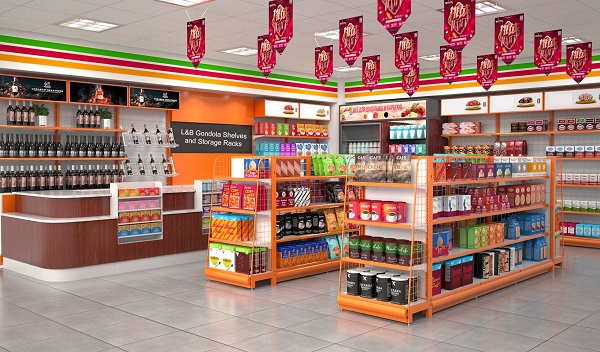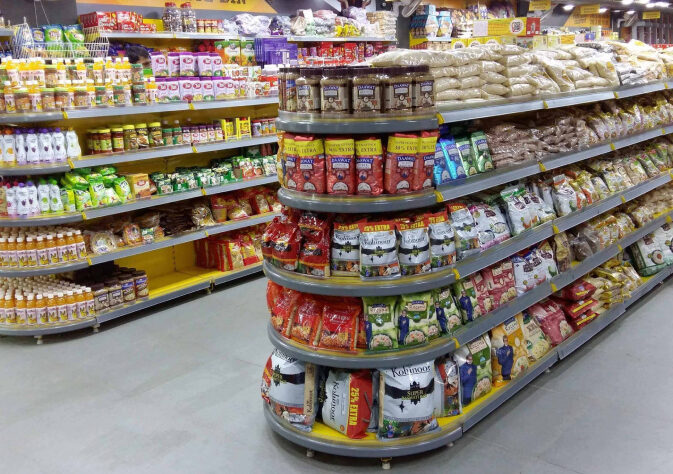Manufacturing In The Era Of Robotics
For decades, robots have been the stuff of science fiction, but they are now widely accepted as a legitimate part of our workforce. Robots are becoming more popular among manufacturers, who are employing them for a wider range of tasks. Robots save money by increasing productivity and lowering costs. They are also not prohibitively expensive.
Collaborative robots are increasingly replacing fenced-in versions of themselves on factory floors, driving the popularity of robotics. Learn how one of the leading manufacturers of supermarket racks in Bangalore (https://www.donracks.co.in/bangalore/supermarket-racks/) emphasizes robotics in manufacturing. Find out more.
Evolution Of Robotics
Griffith “Bill” P. Taylor developed the first industrial robot in 1937. The first industrial robot was a crane-like design made of Meccano parts that could stack wooden blocks in patterns programmed by a piece of tape on a paper plate and was powered by a single electric motor.
In the early 1960s, robots were first used in the manufacturing industry. Robotics was first used on GM assembly lines in 1962, and the technology has advanced rapidly since then. They’ve come a long way, and they’re now being used extensively to boost productivity and reduce downtime. Unimation first introduced the UNIMATE robot in 1962, and General Motors adopted it in their New Jersey manufacturing facility in 1969. In 1975, ASEA created the first fully electrically powered robot, and in 1978, PUMA and Vicarm created the first microprocessor-controlled robots.
Takeo Kanade created the first robotic arm with motors built right into the joint in 1981. The Motorman ERC control system, which could control up to 12 axes, was introduced by Yaskawa America Inc. in 1988. Linatex, a Danish plastics and rubber manufacturer, installed the first collaborative robot in 2008.
Advantages Of Incorporating Robotics In Manufacturing

Modern manufacturing robotics are highly valued for their versatility during the manufacturing process, as they can switch between tasks. Robots can be used in low- to medium-volume manufacturing environments and can be quickly programmed to perform new tasks.
Robot programming is a simple process. Modern robots can be taught in one of two ways. A teach pendant is used to teach robots. The robot follows a series of steps. Robotics is upending old models and propelling the manufacturing industry forward, and ERP software is helping to make it happen. Many manufacturers find it difficult to implement robotics in their operations, but ERP software can be integrated with robotics to help them expand their capabilities in this crucial area. Manufacturers of supermarket racks in Hyderabad, for example, are increasingly relying on robotics to keep up with larger competitors, and ERP systems can help them benefit.
Furthermore, robots can work for longer than human workers who perform the same tasks. Manufacturers find little to no variation between parts when robots are tasked with producing hundreds or even thousands of the same parts. Vision guided robots are further boosting manufacturing applications. Collaborative robotics brings humans and machines together to create high-quality, high-performance manufacturing.
Key Takeaway:
The manufacturing industry is already seeing a significant impact from robotics, and this trend is expected to continue in the future. Manufacturing and distribution software is assisting these technologies in establishing themselves and maturing into viable solutions.

